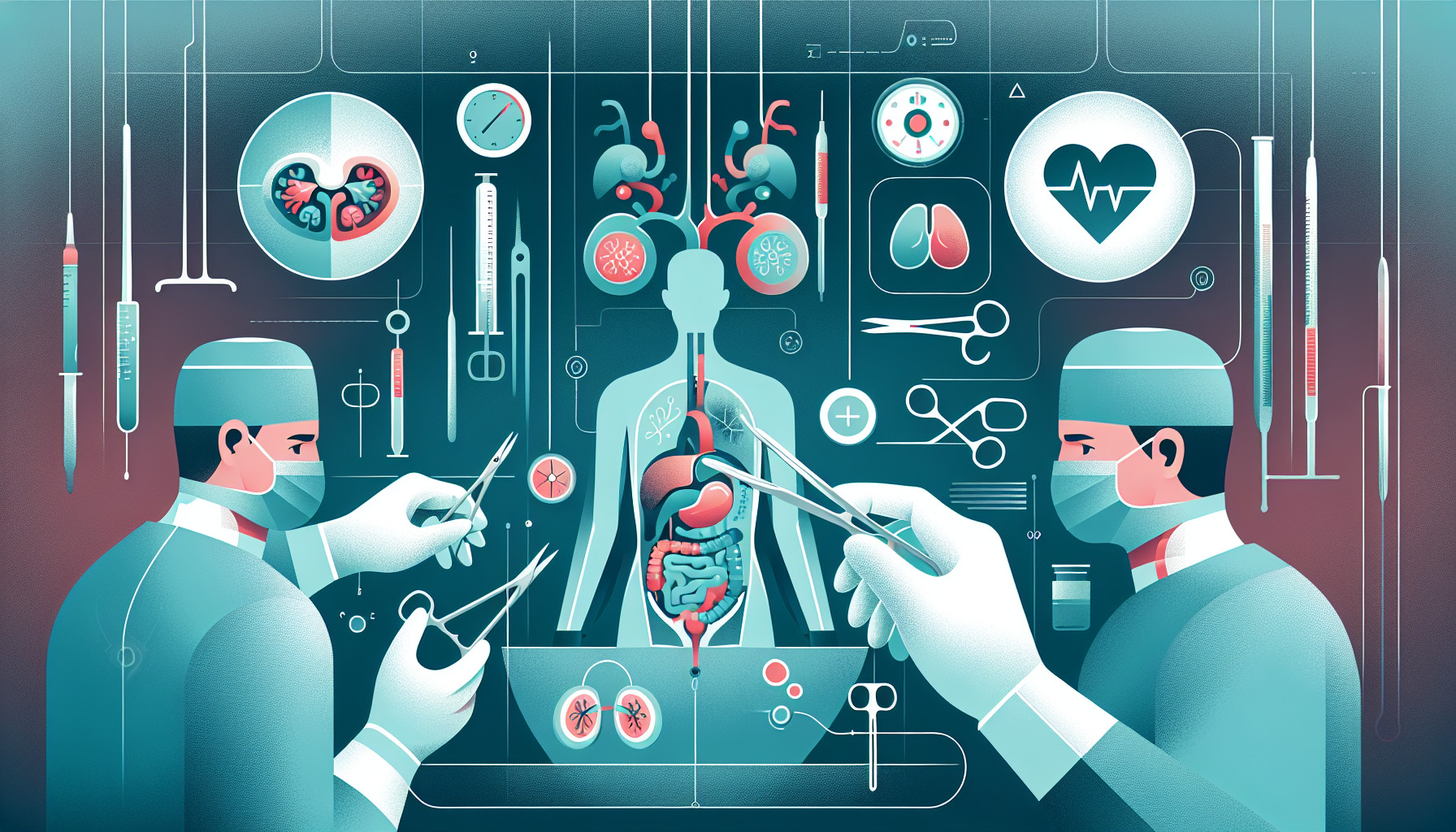Our Summary
This research paper is about using simulation models to train pediatric surgeons, specifically in low-resource settings. The researchers reviewed various studies and patents to understand what models are currently available, how much they cost, and how effective they are.
They found that more than half of these models were developed in the last five years, but only four were made in a country with an upper-middle income, and none were made in a low or upper-middle-income nation. Most of these models were designed for general pediatric surgeries, with the repair of esophageal atresia (a birth defect of the esophagus) being the most common procedure simulated.
The cost of these models varied from as low as 61 cents to as high as $301.44. The cost per training event ranged from 61 cents to $38. Some of these models were 3D printed, and many were designed to simulate minimally invasive procedures.
In conclusion, the researchers found that while the use of simulation models in pediatric surgery training is increasing, there are very few models that are appropriate for use in low-resource settings. This suggests that there is a need for more work in developing affordable, effective training tools for pediatric surgeons in areas with limited resources.
FAQs
- What types of surgeries are most commonly simulated with the pediatric models identified in the research?
- What is the cost range for these pediatric simulation models?
- Did the research find any simulation models that are appropriate for use in low-resource settings?
Doctor’s Tip
Tip: It is important to discuss all available options for pediatric urologic reconstruction with your doctor, including any potential risks and benefits. Be sure to ask questions and seek clarification on any information that may be unclear to you. It is also important to follow all post-operative care instructions provided by your medical team to ensure the best possible outcome.
Suitable For
Pediatric patients who require complex urologic reconstruction procedures are typically recommended for surgery by pediatric urologists. These patients may have congenital anomalies such as bladder exstrophy, hypospadias, or cloacal abnormalities, or may have acquired conditions such as urethral strictures or vesicoureteral reflux. In some cases, pediatric urologic reconstruction may be necessary due to trauma or previous surgeries.
Pediatric urologic reconstruction procedures are often complex and require specialized training and expertise. Surgeons who perform these procedures must have experience in pediatric urology and reconstructive surgery. These procedures may involve the reconstruction of the urinary tract, bladder, urethra, or other structures in the genitourinary system.
Patients who are recommended for pediatric urologic reconstruction may experience symptoms such as urinary incontinence, recurrent urinary tract infections, difficulty urinating, or other urinary problems. These symptoms can have a significant impact on a child’s quality of life and may require surgical intervention to improve their health and well-being.
Overall, pediatric urologic reconstruction is recommended for patients who have complex urologic conditions that cannot be managed with conservative treatments. These patients may benefit from surgical intervention to improve their urinary function, reduce symptoms, and enhance their overall quality of life.
Timeline
Timeline of patient experience before and after pediatric urologic reconstruction:
Before pediatric urologic reconstruction:
- Initial consultation with a pediatric urologist to discuss the need for reconstruction surgery.
- Pre-operative evaluations and tests to assess the condition and plan for surgery.
- Discussion of the surgical procedure, potential risks, and expected outcomes with the patient and their family.
- Admission to the hospital on the day of surgery.
During pediatric urologic reconstruction:
- Anesthesia is administered, and the surgical team performs the reconstruction procedure.
- Monitoring of the patient’s vital signs and condition throughout the surgery.
- Post-operative care in the recovery room before being transferred to a hospital room.
After pediatric urologic reconstruction:
- Pain management and monitoring of the surgical site for complications.
- Physical therapy or rehabilitation as needed to aid in recovery.
- Follow-up appointments with the pediatric urologist to assess healing and address any concerns.
- Long-term follow-up to monitor the success of the reconstruction and address any potential issues that may arise.
What to Ask Your Doctor
Some questions a patient should ask their doctor about pediatric urologic reconstruction may include:
- What specific procedure is being recommended for my child’s condition?
- What are the potential risks and complications associated with this surgery?
- How many of these procedures have you performed in the past, and what is your success rate?
- Are there any alternative treatment options available for my child’s condition?
- What is the expected recovery time and follow-up care required after the surgery?
- Are there any long-term effects or considerations we should be aware of post-surgery?
- What can we expect in terms of post-operative pain management and rehabilitation?
- Are there any lifestyle changes or restrictions my child will need to follow after the surgery?
- How will this surgery impact my child’s overall health and well-being in the long term?
- Are there any support groups or resources available for families going through pediatric urologic reconstruction?
Reference
Authors: Rebello L, Livergant R, Khanbadr P, Bednarek O, Joharifard S. Journal: J Pediatr Surg. 2025 May;60(5):162183. doi: 10.1016/j.jpedsurg.2025.162183. Epub 2025 Jan 23. PMID: 39890497
